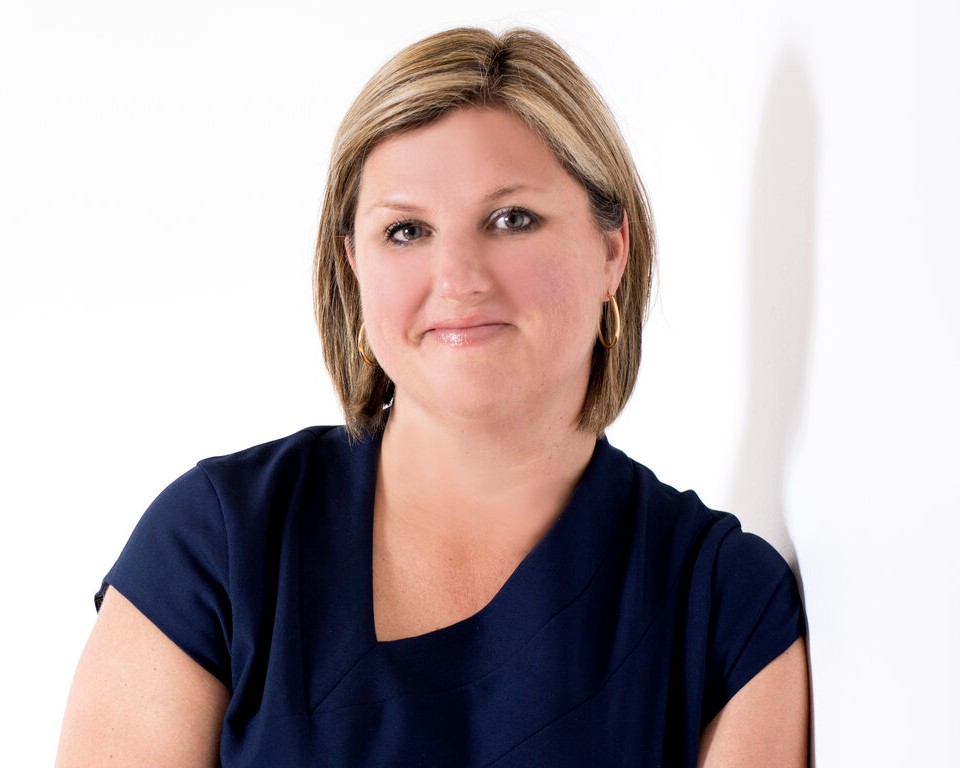Published October 13, 2020 • 5 Min Read
Canadian businesses are intensely proud of their roots, and brands often use their country’s heritage as a point of differentiation. When these companies begin to sell internationally, their Canadian legacy sticks with them and remains a competitive advantage. Our #GoGlobal series showcases Canadian businesses that have successfully expanded into international markets, even during challenging times. Learn how these businesses have shown the world Canadian creativity, innovation and imagination at work.
Over twenty years ago, Alain Ménard and Karen Clark were not happy with the harsh chemicals found in children’s shampoos, bubble baths and other self-care products. Leveraging their backgrounds in the pesticide and pharmaceutical industries, they put together a makeshift lab in their kitchen and started tinkering. Eventually, they formed The Green Beaver Company to provide healthy, natural alternatives to mainstream hygiene products.
“It started as a hobby, then began to gain some traction,” says Ménard in a recent conversation. “Then we moved from our basement to a warehouse and started hiring employees. Even at the time we were still small and ran it as a lifestyle company. We loved what we did.”
But the company quickly picked up speed – which meant a bigger warehouse, bigger lab, more production room and more employees. It came to a point where they had to become more structured as a company. They set up a board, set objectives and identified growth avenues.
Identifying Opportunities During COVID
Given their backgrounds in microbiology and biochemistry, it’s no surprise Ménard and Clark took notice of COVID-19 early on, even as it was manifesting far from home. With a unique perspective of the developments across the globe, they knew hand sanitizer would be in high demand once the pandemic reached Canada – and that supply would be lacking.
“We were able to quickly develop product and ramp up production to support the needs of Canadians,” says Ménard. “We were also able to increase production of hand soaps – which had previously not been a big category, but has since become one of our largest.”
Product, Customer and Channel Shifts
Beyond the shift in their product portfolio, Green Beaver’s distribution channels also experienced a major shift. Online sales used to represent 5% of their total sales – within three months, that figure moved closer to 25%. Again, they were able to quickly adapt and fulfill the increase in orders online.
And over the years, their client base has changed. “Early on, our typical customer was someone who was very into nature,” says Ménard. “It was actually hard to convince moms to buy our products, as they questioned whether it was safe. Now, moms are trying to sell me on natural. It’s been a big turnaround.”
He further explains that about 10 percent of personal care products in a grocery store are natural. In the next five years, he expects that number to jump beyond 50 percent, given the evolving mindset of Canadian consumers.
Preparing For Major Growth
If there is a surge in demand for natural products as expected, Green Beaver will need to get ready for major growth in the market. Fortunately, they’ve been through this before, and have the following tips for preparing for and managing growth:
1) Look within. Understand whether you have the right structure, the right people and the right tools. It’s important to forecast and run different scenarios to ensure you’ve got what you need today to grow.
2) Assess your supply. Do you have the facility to produce enough? If not, can you outsource or find additional space that will let you ramp up?
3) Be careful with your cash. The more you grow, the more you have to buy in larger volumes, and a lot of cash can get caught up in inventory. Be sure to reserve funds for advertising or promotion so you can get your products off the shelves.
4) Work ‘on the business’ versus ‘in the business’. As you grow, you won’t have the capacity to go deep into the details. “If you’re still helping to raise the sail, you won’t be able to see where the boat is going,” says Ménard. He also acknowledges that entrepreneurs have a tendency to fall back and get into the weeds. “But there comes a point where you’re more of a distraction. Keep reminding yourself to let go.”
Tips for Going Global
In addition to distributing across Canada, Green Beaver sells internationally, with distribution in Hong Kong, Taiwan, China and the U.S. Ménard offers these tips for any Canadian business looking to expand across borders:
1) Choose the market carefully. “When you think global, there are all kinds of markets and they’re all different. Make sure you select the markets that are the best fit for your products,” Ménard advises.
2) Study the market. Keep in mind that what might be the best selling product in Canada might not be a blockbuster in the next market. Do your research.
3) Position your product for the market. The way you present your product in a new country may be different than in Canada. Wherever you’re going, it helps to work with somebody from that culture who can help you position your products so they appeal to the market’s needs.
Before the pandemic, Green Beaver was trading with four countries, and added a fifth post-COVID-19. The foresight and adaptability of founders Ménard and Clark enabled them to spot and seize opportunities during this time of change and upheaval. Thanks to their ability to pivot on product, manage growth and thoughtfully expand, their authentically Canadian brand gained traction both at home and overseas.
Thinking of global trade? Discover new global markets with RBC Global Connect.
This article is intended as general information only and is not to be relied upon as constituting legal, financial or other professional advice. A professional advisor should be consulted regarding your specific situation. Information presented is believed to be factual and up-to-date but we do not guarantee its accuracy and it should not be regarded as a complete analysis of the subjects discussed. All expressions of opinion reflect the judgment of the authors as of the date of publication and are subject to change. No endorsement of any third parties or their advice, opinions, information, products or services is expressly given or implied by Royal Bank of Canada or any of its affiliates.
Share This Article






